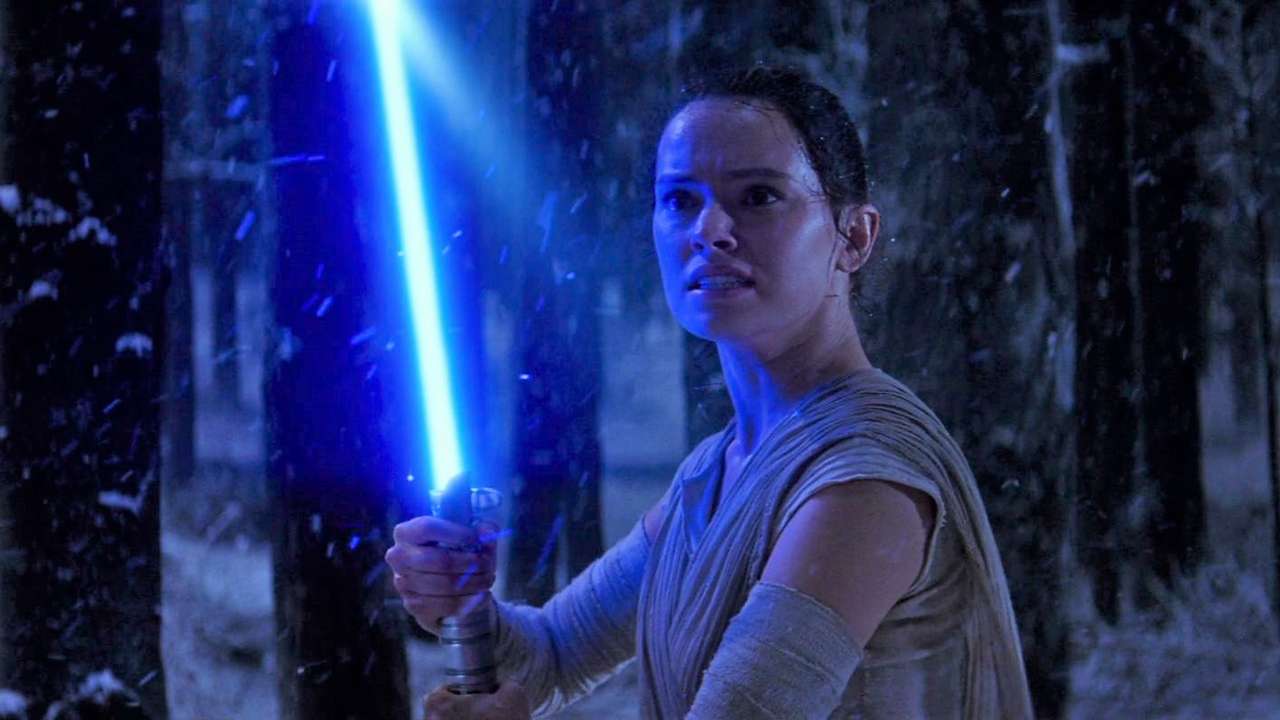Monks, warriors, crazy old hermits, muppets, or just big fibbers? Here's the real history of the Jedi
We trace the journeys of the Jedi through films, books, and games, from Kurosawa to Coruscant and beyond…
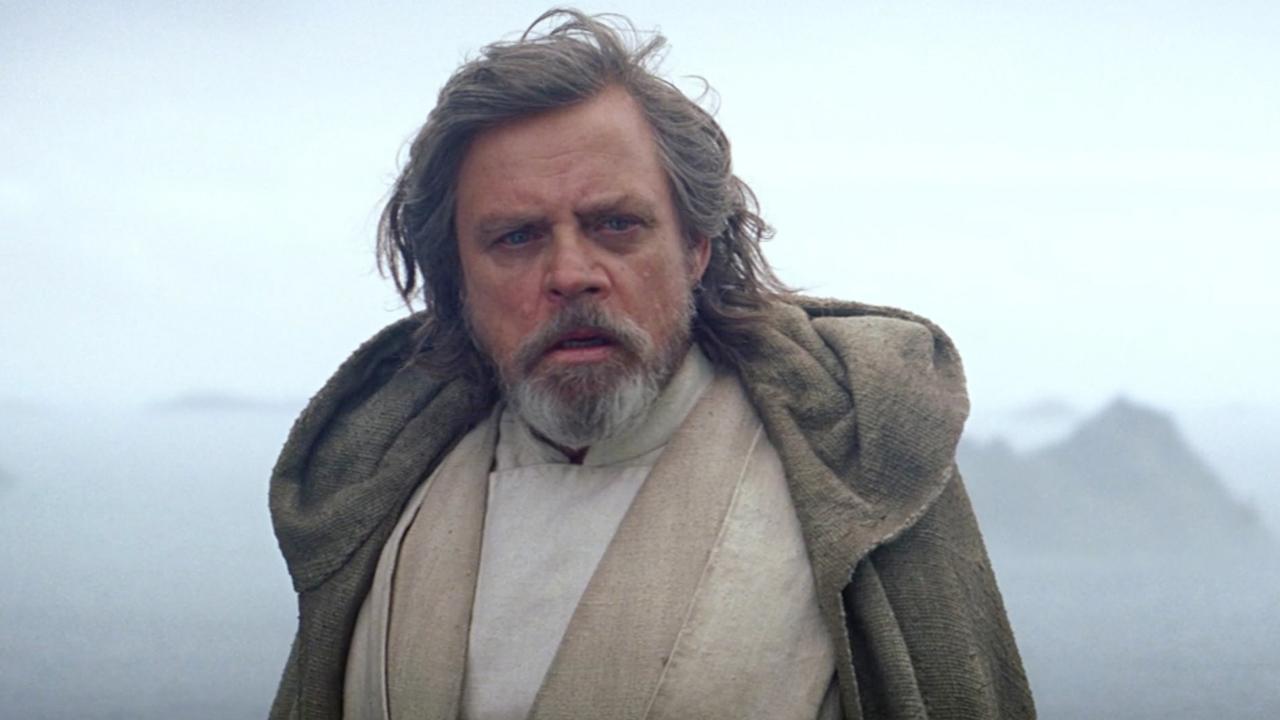
Editor's note: This article was written before the release of The Last Jedi, and does not include any revelations about the Jedi (or spoilers) from the movie.
A Jedi’s strength flows from the Force. But a space-opera visionary’s inspirations flow from elsewhere: from books they’ve read, movies they’ve seen and arty short films that not a lot of other people have seen. Crack open the shell of the Jedi and the first face shown might belong to Japanese auteur Akira Kurosawa.
Introduced to Kurosawa’s classics by fellow filmmaker John Milius, a young George Lucas borrowed the peasants from The Hidden Fortress (for C-3PO and R2-D2) and more besides for his Jedi. ‘Jedi’ echoes ‘Jidaigeki’, the Japanese word for period dramas.
Darth Vader’s get-up mirrored imperial armour; samurai kimonos, meanwhile, influenced Obi-Wan Kenobi’s togs and title – an ‘obi’ is a kimono sash. Lucas considered Kurosawa favourite Toshirô Mifune for the role of Kenobi, though Mifune declined. And you don’t need Force schooling to link katanas to lightsabers, or Seven Samurai’s Kambei Shimada to Yoda.
But Kurosawa was just one flavour in Lucas’ culture-soup. Consider Edgar Rice Burroughs’ lords of Barsoom, the Jed or Jeddak. Shamanic anthropologist Carlos Castaneda’s 1974 book Tales of Power featured talk of life forces. Tracing humanity’s belief in magic, James George Frazer’s earlier anthropological doorstop The Golden Bough (1890) pre-empted various Jedi-ologies. And mythologist Joseph Campbell’s 1949 book The Hero with a Thousand Faces offered a Jedi route-map in its cartography of narrative archetypes: mentors, oracles, temptation, the road of trials, and such.
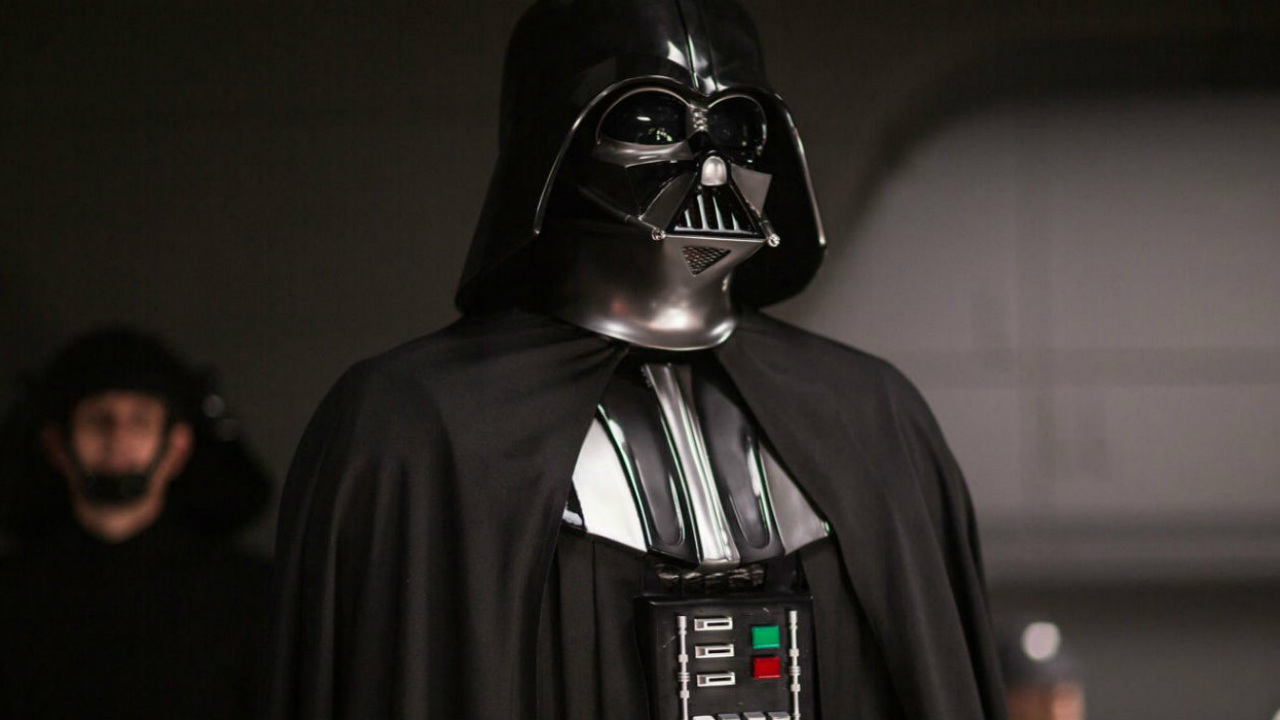
Historical influences included medieval warrior monks the Knights Templar. Modern influences, meanwhile, included avant-garde filmmaker Arthur Lipsett’s short 21-87, which sampled AI pioneer Warren S. McCulloch and cinematographer Roman Kroitor discussing “some kind of force” in nature and human connections. Lucas’ Force was, quoth master George, “an echo of that phrase”. From Lipsett to The Last Jedi, that echo hasn’t stopped reverberating.
Old Republicans
According to Legends, a longer time ago than The Phantom Menace’s opening crawl, the Jedi were monastic protectors of justice in the Galactic Republic for more than a thousand generations.
Bringing all the latest movie news, features, and reviews to your inbox
At one point, roughly 10,000 Jedi Knights were active. Going by the RPG game of the same name, the Knights of the Old Republic included ’saber-swingers such as Jolee Bindo. They occupied temples and outposts from Lothal to Coruscant, where the 12-strong Jedi High Council enjoyed plush CG-skyline views on a high floor over the Jedi Archives.
A Jedi lives in contemplation of the Force, an energy what-not that binds the galaxy together and flows through every living thing. They observe a monkish life without desire, or at least try to – love was a problem for Jedi ranging from comics character Reess Kairn to Anakin Skywalker. Close meditation on the Force could help adherents develop telekinetic, precognitive and persuasive powers.
Yet – surprise – these were open to abuse. Several thousand years pre-The Phantom Menace, a wayward Jedi quit contemplating, embraced Dark Side emotions (anger, fear) and ushered in the Hundred-Year Darkness, giving rise to the Sith.
Their black-clad number included Darth Bane, who established The Rule of Two: the edict that there could only be two Sith in existence at a time, master and apprentice. The Jedi believed the Sith extinct after the Jedi-Sith War, but they were wrong. As Yoda said, “Hard to see, the Dark Side is.” He didn’t get to be Grand Master for nothing.
Temple tutelage
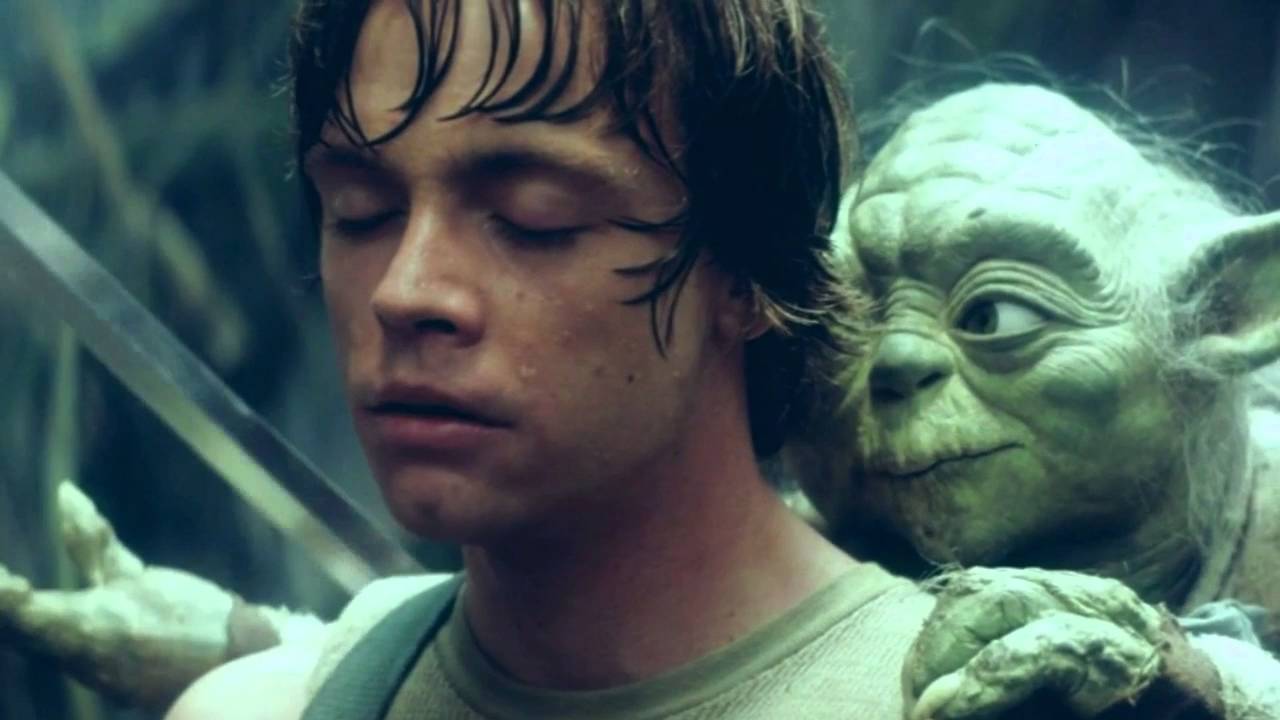
Tread carefully: here be midi-chlorians. Jedi aptitude could be measured by checking children’s bloodstreams for midi-chlorians, microscopic organisms that talk with the Force. With barely time for a nappy change, children with a notable midi-count were whisked to Coruscant to train as Younglings.
Training included a trip to the Temple of Ilum for The Gathering, a trial to find the kyber crystals that form the heart of a lightsaber. While constructing and contemplating their ’sabers, Younglings graduated to Padawans, with hair braids (if their species has hair) as proof. Padawan graduates became Knights, who underwent further trials to become Masters. Within these ranks existed other roles: guardians, consular, sentinels and more.
The Jedi helped maintain peace in the Galactic Republic for generations, engaging in missions of diplomacy and police-work. Prominent members of the High Council included Mace Windu and Yoda, alongside Plo Koon, Yaddle, Kit Fisto, Yarael Poof and others.
The Sith were thought extinct until Jedi Master Qui-Gon Jinn and his Padawan Obi-Wan Kenobi met Darth Maul, horned devil from the dark-magic planet of Dathomir and apprentice to Darth Sidious. Meanwhile, young Anakin fatefully became Obi-Wan’s apprentice, despite Yoda’s unsettling reservation that he was too old to start training (er, nine).

The convoluted story that followed involved conflict in the High Council, the secret formation of a Clone Army, a Separatist Crisis and the machinations of senator-with-secrets Palpatine, aka Darth Sidious. This seething Sith Lord planted a chip in the clones that turned them against the Jedi. After he manipulated Skywalker’s emotions, drew the angry young man to the Dark Side and re-christened him Darth Vader, Sidious smeared the Jedi’s reputation and accelerated their demise.
Exile on TV
Between Attack of the Clones and Revenge of the Sith, the Jedi fought as commanders and generals in the Grand Army of the Republic. This period features in animated series The Clone Wars, where Anakin’s Padawan Ahsoka Tano reestablishes the idea of Force sensitive fighters who aren’t necessarily Jedi.
Besides providing insights into Anakin’s downfall, The Clone Wars is richly braided with Jedi/Force lore. We learn about Yoda’s mission to discover the secrets of eternal consciousness. We discover Holocrons, storage devices that preserve holographic information for adept Force-niks. And we learn more about Maul (he lives!) and his beefcake bro Savage Opress. The Dark Side has all the best names.
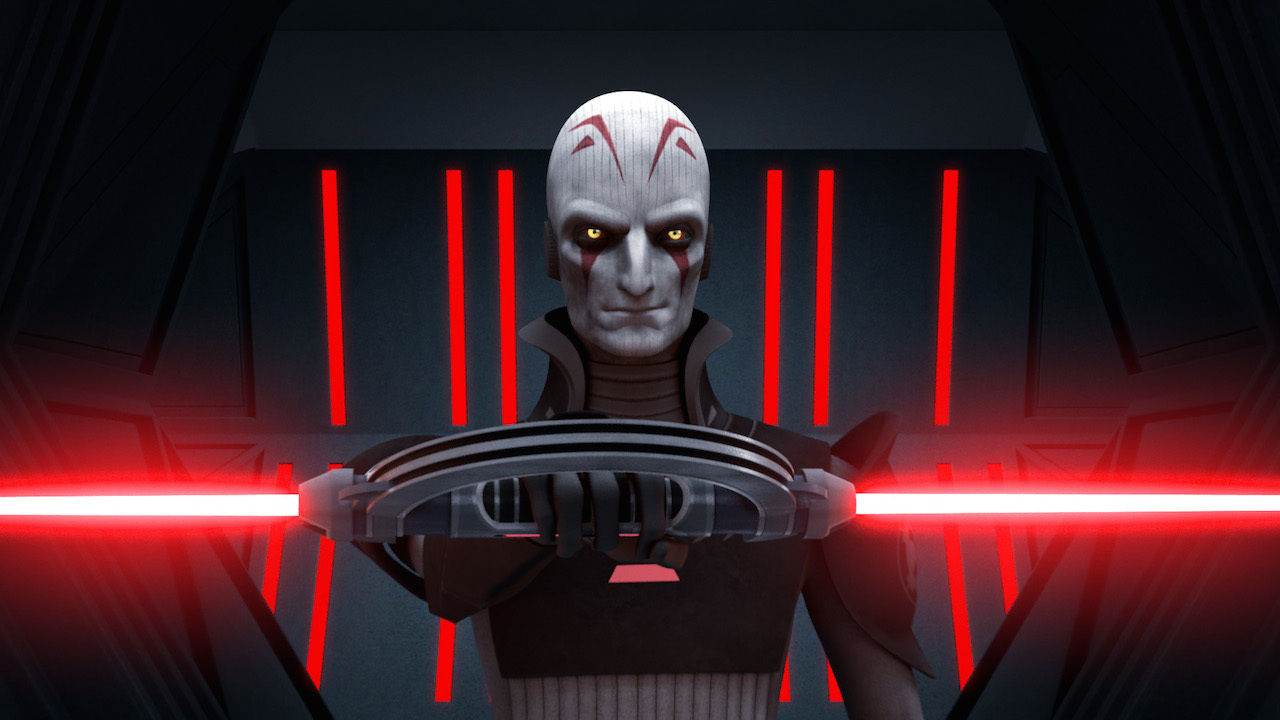
Another animated series, Rebels, details the Rebellion’s rise post Revenge of the Sith. We meet Jedi survivors of Palpatine’s purge, such as blind Jedi Kanan Jarrus, whose Padawan is the street-smart Ezra Bridger. Stuffed with Jedi intrigue, Rebels also introduces the Inquisitors: Force-wielding, meat-eating hunterassassins for the Empire tasked with converting or executing Jedi.
One of the few Jedi survivors in A New Hope, ‘Ben’ Kenobi showcases Jedi powers of persuasion and Kurosawa’s powers of influence: the scene where he amputates a trouble-causer’s limb (a Kenobi speciality) echoes a scene from Kurosawa’s Yojimbo. Other seeded elements of Jedi lore in the first trilogy include Force spirits, trials, prophecies and big porkies – what Obi-Wan tells Luke about his dad is quite a whopper from most viewpoints.
And we learn, perhaps, that the Force moves in mysterious ways: Qui-Gon’s belief that Anakin was “the chosen one” may have been shaken by the boy’s Vader-ification but Anakin does eventually lob Sidious down a hole, suggesting a restoration of balance in the Force. For a while.
Sale of the Jedi
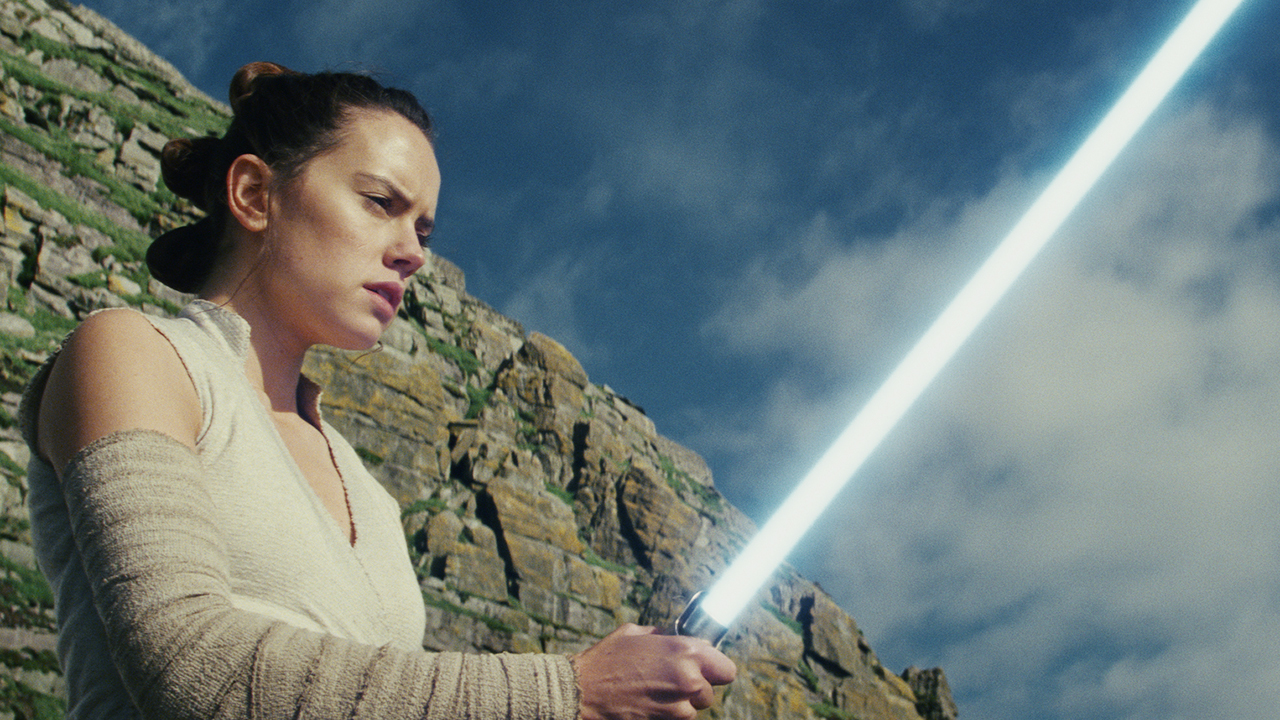
After the deaths of Obi-Wan, Yoda and Anakin, Luke began fulfilling his promise to Yoda about passing on Jedi-deologies. In spin-off novels, the New Republic battle an alien race (the Yuuzhan Vong) while Luke trains a New Jedi Order. Among his students is Han and Leia’s lad Jacen Solo, who goes rogue and becomes Darth Caedus.
"Crack open the shell of the Jedi and the first face shown might belong to Japanese auteur Akira Kurosawa."
Although these books were no longer considered ‘canon’ when Lucasfilm’s sale to Disney birthed a new saga, traces linger. The Force Awakens introduces the Church of the Force, protectors of Jedi history. Luke opened a Jedi training school but went into hiding after trainee/nephew Ben Solo was drawn to the Dark Side by the mysterious Snoke: assuming the name Kylo Ren as a ‘Knight of Ren’, Ben channelled his late grandfather Anakin’s anger-mismanagement influence, minus the bit about Vader’s redemption.
Luke’s conclusion to these events seems to be that the Jedi gig is up. After the trouble the Force has caused in the wrong gloved hands, he could be right – if not for two powerful influences. Scavenger-with-secrets Rey’s untrained strengths open new avenues of potential in Force sensitivity. Factor in the powers of box-office temptation and one other thing raises doubts about Luke’s perspective. Time for the Jedi to end? We’ll see how that pans out.
This feature originally appeared in our sister publication Total Film magazine, issue 266. Pick up the latest edition now or subscribe so you never miss an issue.

Kevin Harley is a freelance journalist with bylines at Total Film, Radio Times, The List, and others, specializing in film and music coverage. He can most commonly be found writing movie reviews and previews at GamesRadar+.
